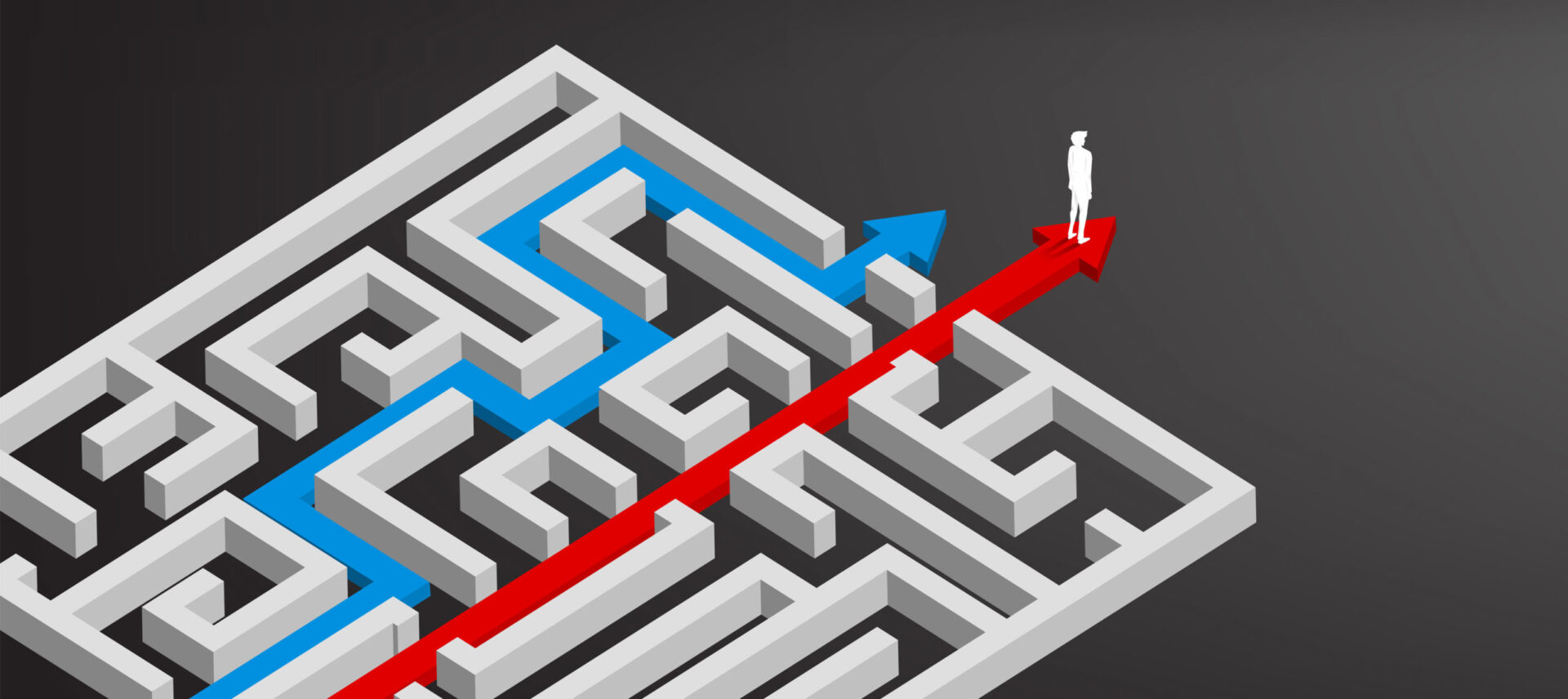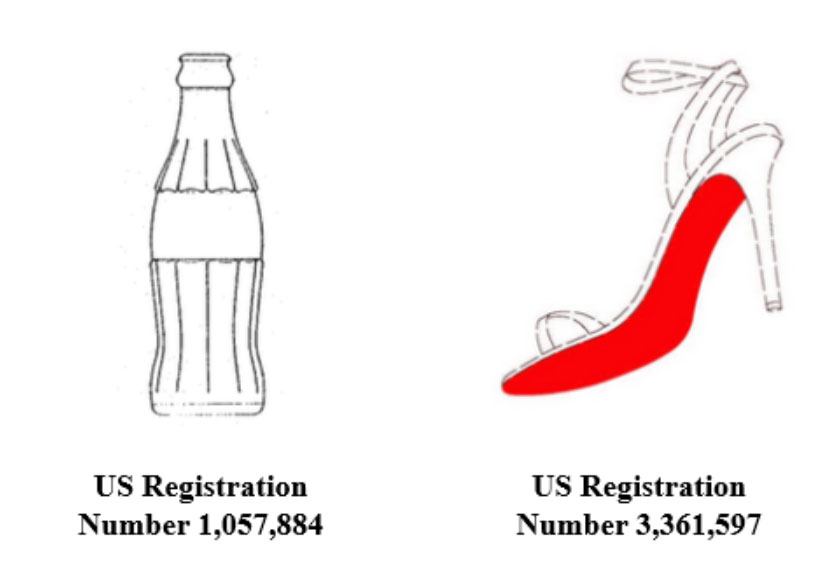
Article
Marketers, Your Product Development Teams are Your Shortcut to Success
Achieve faster time to market, make a greater profit, and solidify your brand by having marketing leaders integrate your product development team early.
Pushing an organization to produce valuable offerings, stay ahead of competitors, and grow its market year over year–that most definitely sounds like a daunting mission for one visionary to take on alone. Marketing leaders inside of product organizations, both large and small, have their work cut out for them when it comes to innovating and continuously increasing market dominance. There are so many nimble startups these days taking the world by storm as they solve long-neglected problems with speed and elegance. Many marketing leaders are now looking over their shoulder worrying about competitors who they haven’t had to deal with in the past.
If you are at a larger organization, a realistic option might be to simply acquire the startup that is nipping at your heels… But what if a competitor picks them up first? What if you are unable to strike a deal? If they do sell to you, how much of a headache, time drain, and expense comes along with such an acquisition?
Strategic marketing leaders should not just have M&A in their back pocket as an approach to product innovation and market growth. They should also have a solid game plan that utilizes a team of internal resources and strategic partners.
Savvy product development experts, whether they be internal, external, or a mixture of both, can offer exciting solutions to make a marketing leader’s job incredibly rewarding! They can also pay-off big for the organization at large.
3 Ways You Can Leverage Your Product Development Experts to Outmaneuver Competition
Let’s unpack three ways to collaborate with product development experts to get that constant flow of innovation and continuously increase market dominance for the long haul:
1.) Rapid Fire Roadmapping – Fast identification of opportunities and product solutions.
2.) Tangible Solutions for Market Expansion – Going deeper into a current market or entering an adjacent market, product development experts fill in the blanks.
3.) Elevating Brand Equity through a Great Brand Experience – Increased value of a brand using tried and true product development methods with outstanding design.
1.) Rapid Fire Roadmapping
When it comes to product roadmap planning (and updates to said roadmap), there is a game of risk mitigation that needs to be played, and the faster it is played, the better. There needs to be a level of confidence the new products you are rolling out will be successful, and you need to spend money in the right places. There is risk in ignoring valuable opportunities that don’t have obvious solutions, and there is also risk in spending too much time and money solving the impossible. Not to mention the risk of charging down a development path and ending up with something people simply don’t want.
And of course, there’s risk of missing out on an opportunity that puts a competitor light-years ahead. What then? And how can your product development team help you stay ahead?
Assign a Product Development Team to Focus on Valuable Opportunities with Non-Obvious Solutions
Whether you are using internal resources or external resources, you need to give a dedicated team time and space to focus on the opportunity at hand. Expecting R&D to solve big problems in their spare time is not the most efficient way to move the ball forward. Giving someone endless amounts of time to pontificate on something isn’t overly helpful either.
If you come across a market opportunity that should be capitalized on, pull the resources needed to assign a nice cross-functional product development team who can fully focus on solving the problem. An efficient way to work with this team is through Competitive Collaboration or R&D Sprints. By using these methods, the team gets as far as they can as fast as they can with regular check-ins that happen on a monthly basis. (Maybe a little longer or shorter depending on the project–just keep in mind, the name of the game is speed). When these major check-ins happen, solutions should be explored, tested, and evaluated. Promising ideas move forward, and others fall away at the wayside, but at least a broad range of concepts get explored.
And at each of these junctures, a decision must be made as to whether the team should continue or pull the plug. In the beginning your team might need a little breathing room to fully explore and look into off-the-wall ideas (sometimes the most ridiculous ideas end up being the most innovative) to really get things going. But this is an effective way to explore solutions, develop concepts, and test things quickly to help inform product viability and roadmap plans.
Immerse Your Product Development Team in Field Research Activities to Inform the Solution Space
Marketers’ strengths tend to include knowledge of their customer base and the ability to identify opportunities in the market space. But going from opportunity identification to solid marching orders in a roadmap plan can be tricky and time consuming.
So how can your product development team help speed things along? First of all, including your product development counterparts in user research activities is an incredibly valuable practice. A key benefit you get out of working with your product development team in this way is that they are able to gain empathy first hand for the problems that need to be solved. They are also likely to identify other opportunities that have not been previously considered. Your team is then able to quickly conceptualize and identify realistic solutions and put together some level of a development plan that can be used to inform a roadmap.
Giving your product development team insight into the market opportunities you see enables the development team take ownership of the results that come out of the research. You will also get access to their tools and processes, which can accelerate decision-making. This can include mock-ups, images, story-boards, etc. These items are highly complementary to the market analysis data marketing leaders produce. Together you and your product development team will be able help your counterparts in finance, operations, and others gain alignment and buy-in to a plan.
2.) Tangible Solutions for Market Expansion
Marketing leaders are typically tasked with growth strategies in one of two ways:
1.) Expanding in current markets
2.) Entering adjacent markets
Again, similar to the points made about the benefits of accelerated product roadmapping, when engineers and designers are given the opportunity to observe as you engage with the people in your markets to learn about their needs, they bring back empathy for the folks they are aiming to solve problems for. They also bring ideas for how to solve them. These ideas, which are rooted in a deep understanding of what a “day in the life” of your target market looks like, combined with engineers’ and designers’ technological knowledge meld together to materialize strategies for expansion.
Expansion in Current Markets
Let’s say, for example, your company offers a slew of devices that support a specific surgical procedure. Let your product development team observe these procedures that utilize your current products, your competitors’ products, etc. Through observations and field studies, your team will likely notice patterns and areas of opportunity where steps can be simplified and risk reduced. Your product development team will typically recommend additional tools and technologies, a slightly altered workflow, or even consolidation of tools to address issues within the current system. These ideas might offer low-hanging fruit when it comes to revenue-generating products in the short run. On the other hand, there might be a great opportunity to re-think the way things are done, and your design team should have the opportunity to take the shackles off and explore a bit.
Entrance into Adjacent Markets
When it comes to entering into other markets, whether it be geographical or otherwise, your product development team can provide specific recommendations on what to do here too. The goal is to figure out the appropriate, minimal tweaks that need to happen with your current offering to make it successful in this new space. If cost needs to be stripped out of your product to make it in the new market, your team can recommend ways of doing that. If functionality needs to be tweaked, your team can help figure that out. If your product simply needs to be bundled and kitted in a different way for a particular channel, again your product development team can quickly bring solutions to the table.
3.) Elevating Brand Equity through a Great Brand Experience
It’s one thing to tell your customers what your brand represents… It is another thing for your customers to say it for you.
Up until a few short years ago, companies and brands held the keys to the kingdom when it came to advertising, marketing, and creating a one-way narrative around their brand. As long as you managed to stay out of the bowels of negative PR, a la the Tylenol murders in the 1980s, companies had complete control over their image. Now, thanks to rise of social media and proliferation of online information in general, B2C and B2B companies have to deal with a two-way narrative that is seriously difficult to control. It doesn’t matter how much money you spend on advertising. If the design and development of your products aren’t done in a thoughtful way or if your customer service sucks, the world is going to hear about it.
You can look at this new(ish) reality and be frustrated or you can be excited about the level of authenticity that is being demanded of the companies we purchase things from. Whatever it is that you put in the hands of your customers, it really needs to be excellent. And so does everything around it. From the purchasing process to instillation and use to customer service and end of life (is your product going into a landfill?). Your customers should enjoy the touch points and interactions attached to you and your brand.
So how do marketing leaders get their product development teams in on the action to make this a reality? Here are two places to start:
Journey Mapping
Journey maps are tools designers of all types use to compile a series of actions that a user must go through to accomplish a goal. Journey maps are then used to flesh out thoughts and emotions in order to create a narrative. This ultimately results in opportunities your design team should elevate and focus on.
This thoughtfulness around customer touch points and brainstorming the best way to guide a user through a process, whatever it may be, is ground zero for making sure the intent of your brand is coming through. Doing so ensures that the first-hand experiences people have with your brand are appropriately considered.
Design Language
The why and how of articulating a brand’s identity or DNA through consistent visual elements and user experiences–otherwise known as a design language–is also incredibly important. Instead of going into the details of how to deploy such a thing, the emphasis here is to reinforce the gains you can expect by bringing your product development team into the fold under the context of design language.
By making sure consistent visual cues are communicated across your product portfolio, you’re not only strengthening brand recognition, you are also on your way to creating a trade dress, which is a form of intellectual property protected by the USPTO. Trade dress represents non-functional visual cues that align your products and services with your brand. Examples of this include the shape of a Coke bottle and the red bottoms on Christian Louboutin shoes. While design patents are time-limited (usually 15 years), trade dress can theoretically exist forever. And some companies use a design patent to provide protection while establishing a trade dress.

The other exciting result of a design language is bringing consistency across tangible touch points and user interactions. If your customer understands how to interact with one product from your company, they can expect a similar interaction with one of your other products. Familiarity with your brand increases, frustrations dealing with constant learning curves decrease, and an authentic level of brand loyalty develops. Consistent user interactions seem like a simple detail, but you’d be amazed at how many brands neglect to do this.
Also, it is one thing to prescribe a design language. It is a complete other thing to implement and socialize it in a successful, consistent way. Designers must present guidelines in a way that will be easy for engineering and manufacturing teams to follow. This means your design language must work well within the workflow of your particular company. If this isn’t done properly, the temptation to ignore the guidelines or implement them in a subpar way will be too inviting. A primary benefit of having a design language is to speed up the product development process as new products are introduced. Another is to reinforce consistent high-quality brand experiences with your products over time.
It is helpful for individuals with similar backgrounds (such as design and engineering) to be the ones to communicate the guidelines to one another. This reduces the amount of information that gets lost in translation.
Collaboration is Key to Gaining a Competitive Advantage
Overall, it takes a village to get from where you are today to where you want to be. You and your product development teams are incredibly busy with the work already on your plate. But the extra effort of involving your product development team early on will pay off in faster time to market, more profit, and a solid brand you can hang your hat on.





